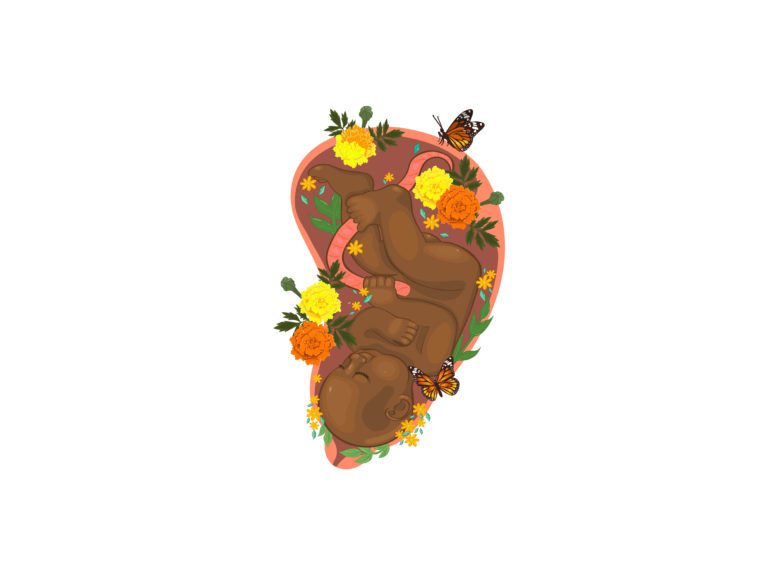Depending on a person’s customs and beliefs, a placenta may hold significant symbolic and spiritual meaning. In some cases, the placenta is considered precious, sacred, and powerful—worth even more than gold! The placenta supplies oxygen and blood flow to your baby, cleansing it of unwanted toxins and boosting baby’s metabolism. The placenta nourishes and protects baby, and contains hormones required for pregnancy and breastfeeding. It’s common practice for many hospitals and healthcare facilities is to dispose of the placenta as medical waste, however, many parents, doulas, nurses, and midwives honor the placenta and acknowledge its worth. Studies show that the placenta plays a tremendous role in certain ancient traditions, rituals, and holistic and alternative medicine. One of the most common customs is placenta burial rituals.
Placentas Around the World
Let’s take a trip around the world via the placenta! In Bali, the placenta is known as “Ari-Ari,” and is considered a physical body of the child’s guardian angel whose spirit stays with the child for life. The Balinese wrap the placenta in cloth, place it in a coconut and bury it. In some cultures, burying the placenta connects the baby to land and heritage. Among the Navajo and many Hawaiians, the placenta is placed in the ground to connect the child to his or her homeland and ancestors. Native Icelanders call the placenta,“fylgia,” which literally means “guardian angel.” In Hmong culture, the word for placenta means “jacket.” The placenta is believed to be a spiritual jacket worn by the baby as they enter the world. Families in various Caribbean countries bury their baby’s placenta under a fruit tree to help ensure that the child will never go hungry and will always come home. Among the African Igbo, the placenta is called “Our Mother” and connects the child to the spirits in the ground when it is buried. The Kikuyu in Kenya believe that both the placenta and the umbilical cord are a bond and a sacred attachment between mother and child. It is deposited in an uncultivated field and covered with grass and grains as a symbol of fertility. The Mayans also honor the sacred bond between the mother and her baby by burying the placenta under a special tree. This ritual is said to give protective powers over the child. In both Japanese and Chinese culture, the placenta burial is believed to bestow blessings or protection for the child’s future.
Postpartum Protection
In cultures with postpartum rituals, location of placenta burial matters. In Cambodia, the placenta is the “globe of the origin of the soul,” and must be buried in a special location designed to protect the baby from bad spirits. In Malaysia, the placenta is considered a “baby’s other sibling.” In Mexico, the placenta is viewed as it’s “el compañero” or companion. Placentas in Korea are given names depending upon their birth month, before undergoing ritual burial. In Turkey, parents who want their child to be noble and honest may bury the placenta in the courtyard of a mosque.
YOU MAY ALSO LIKE: Pain Relief During Labor






Comments are closed.